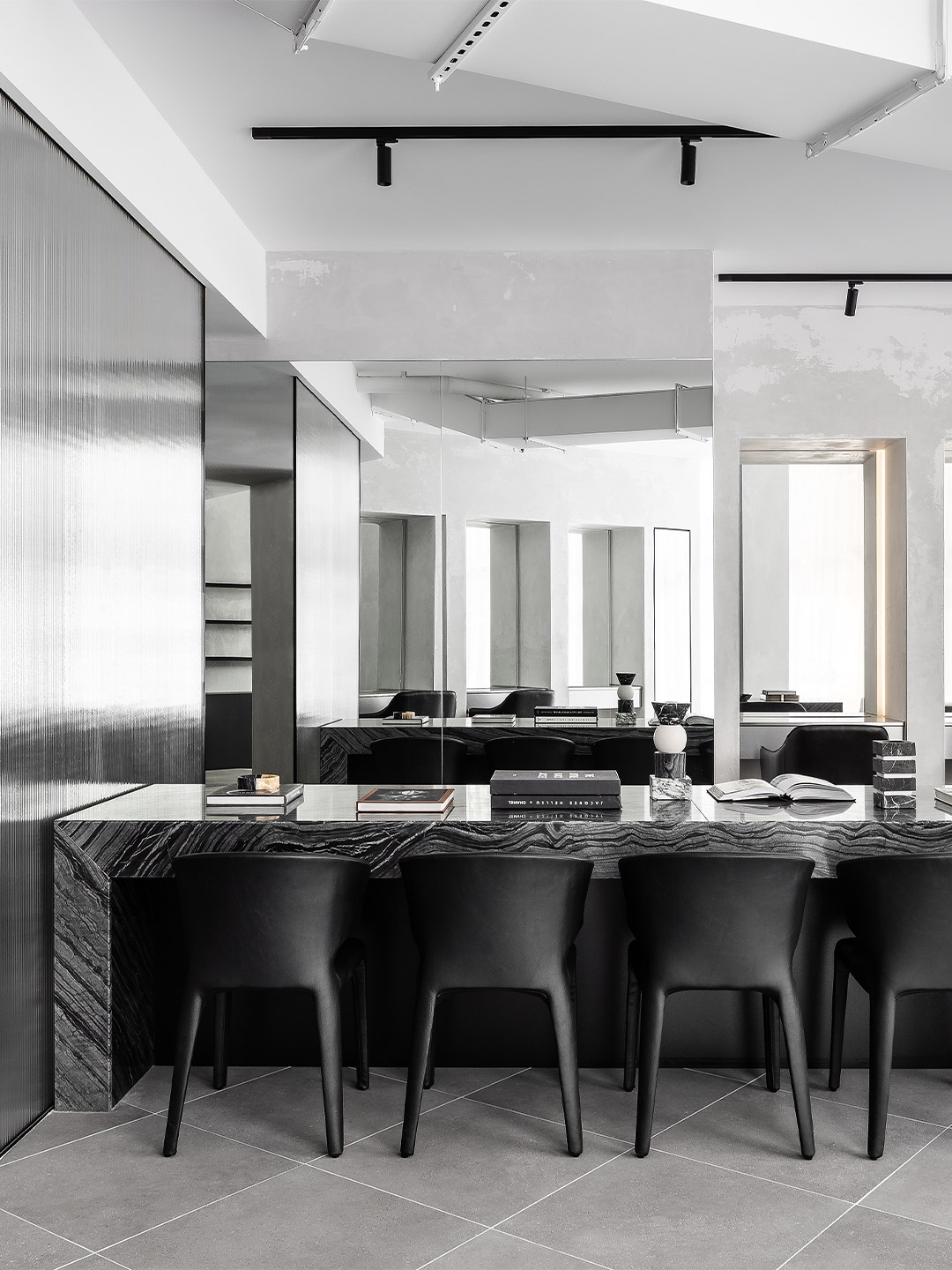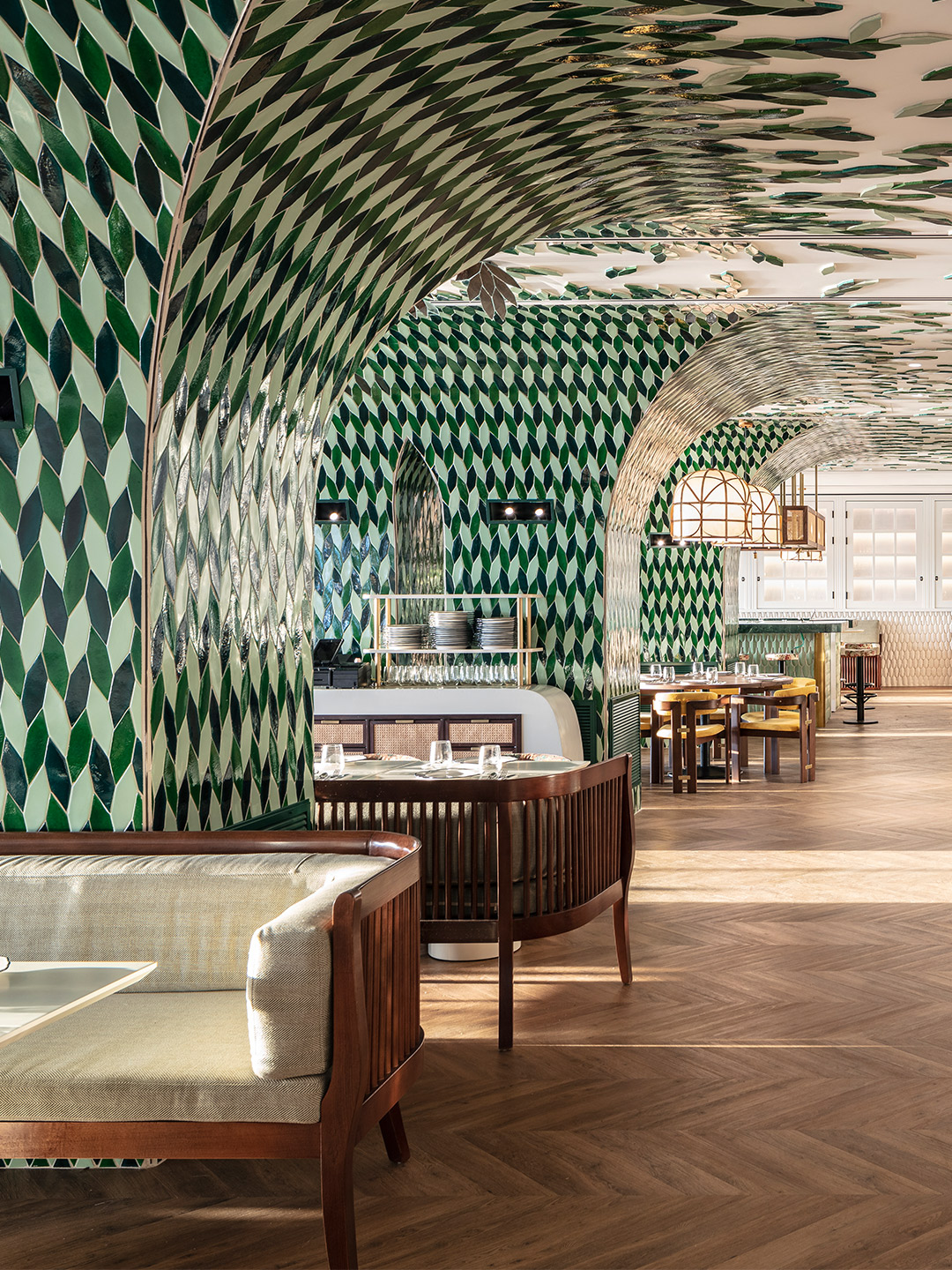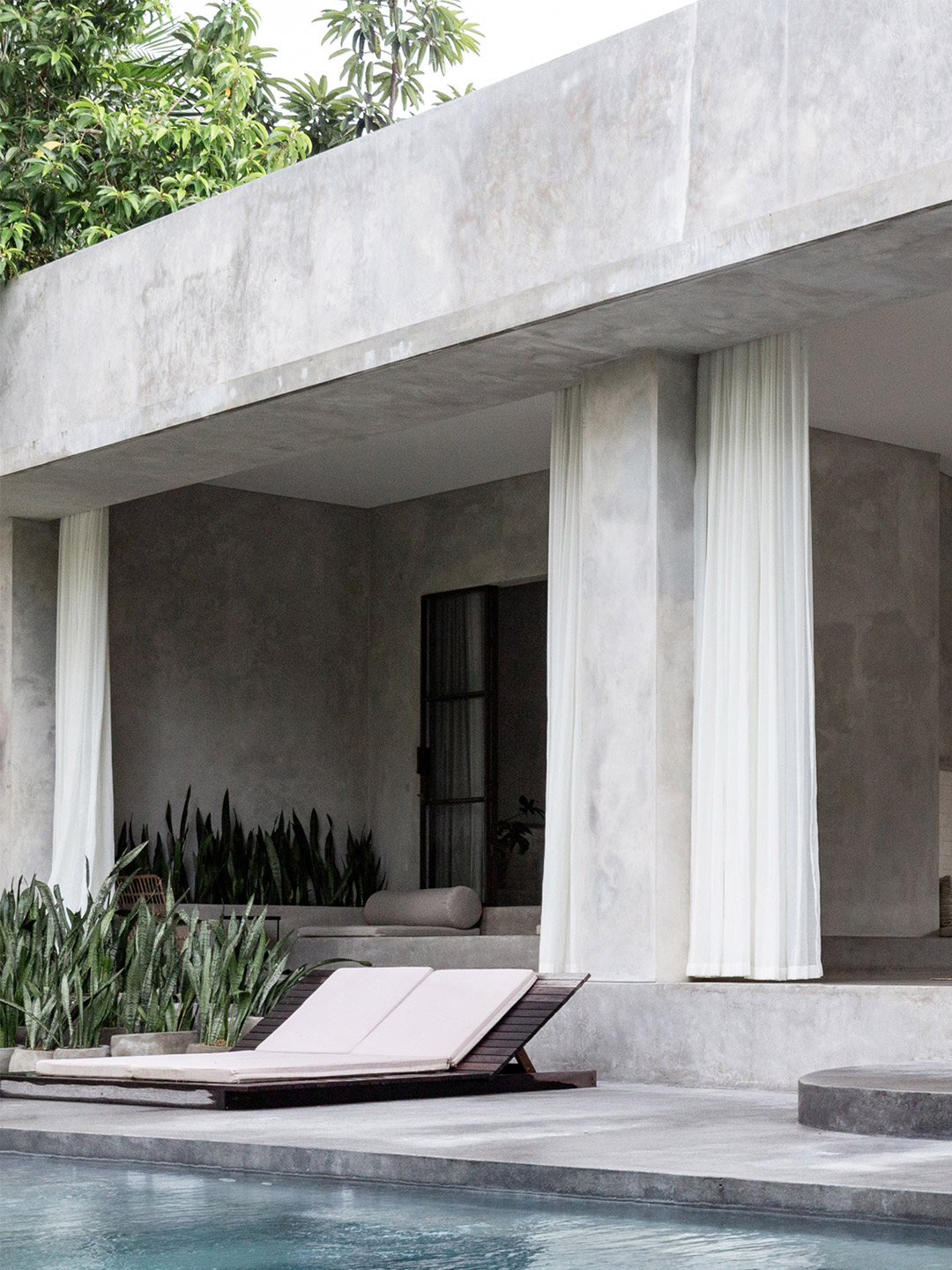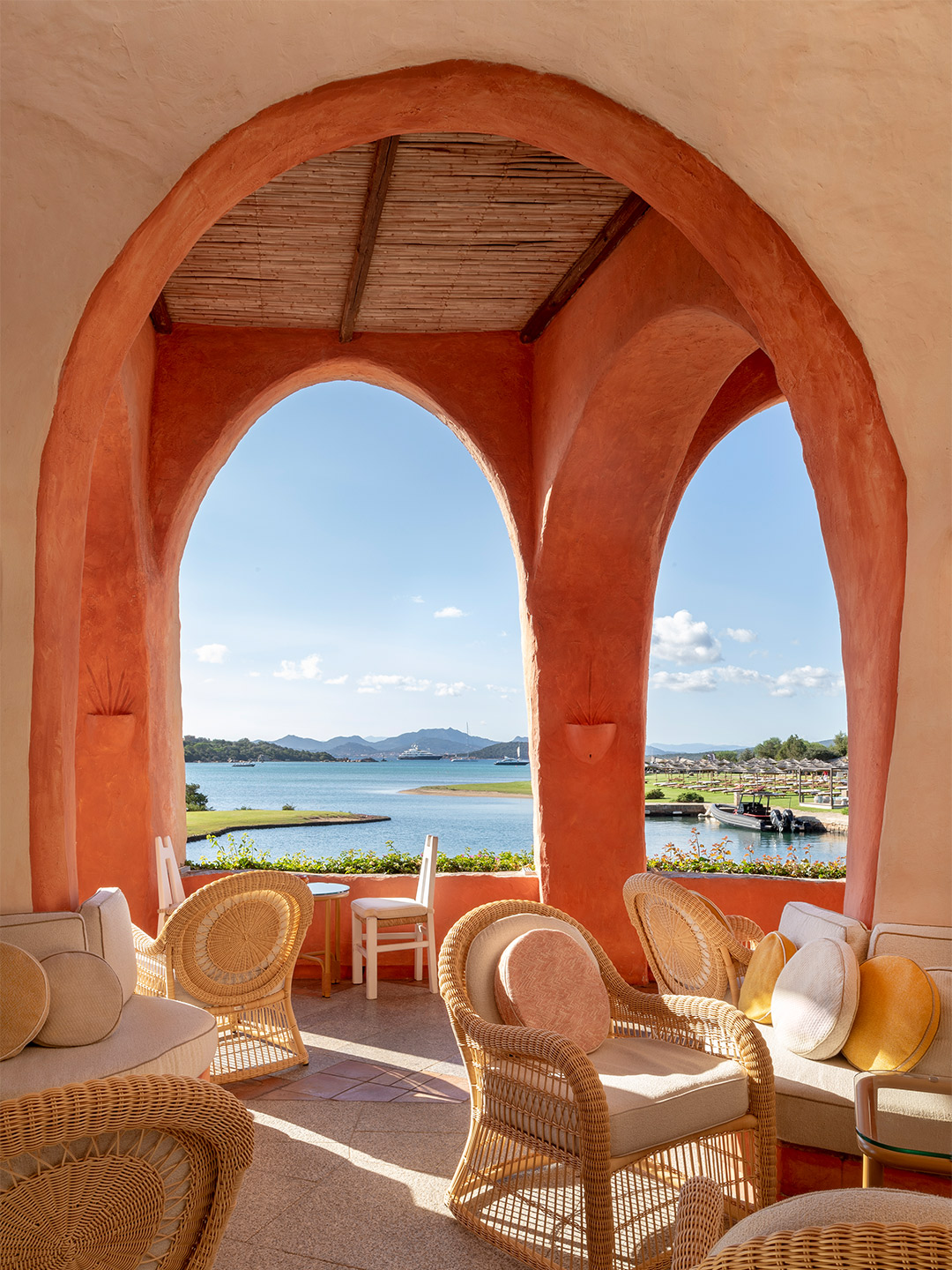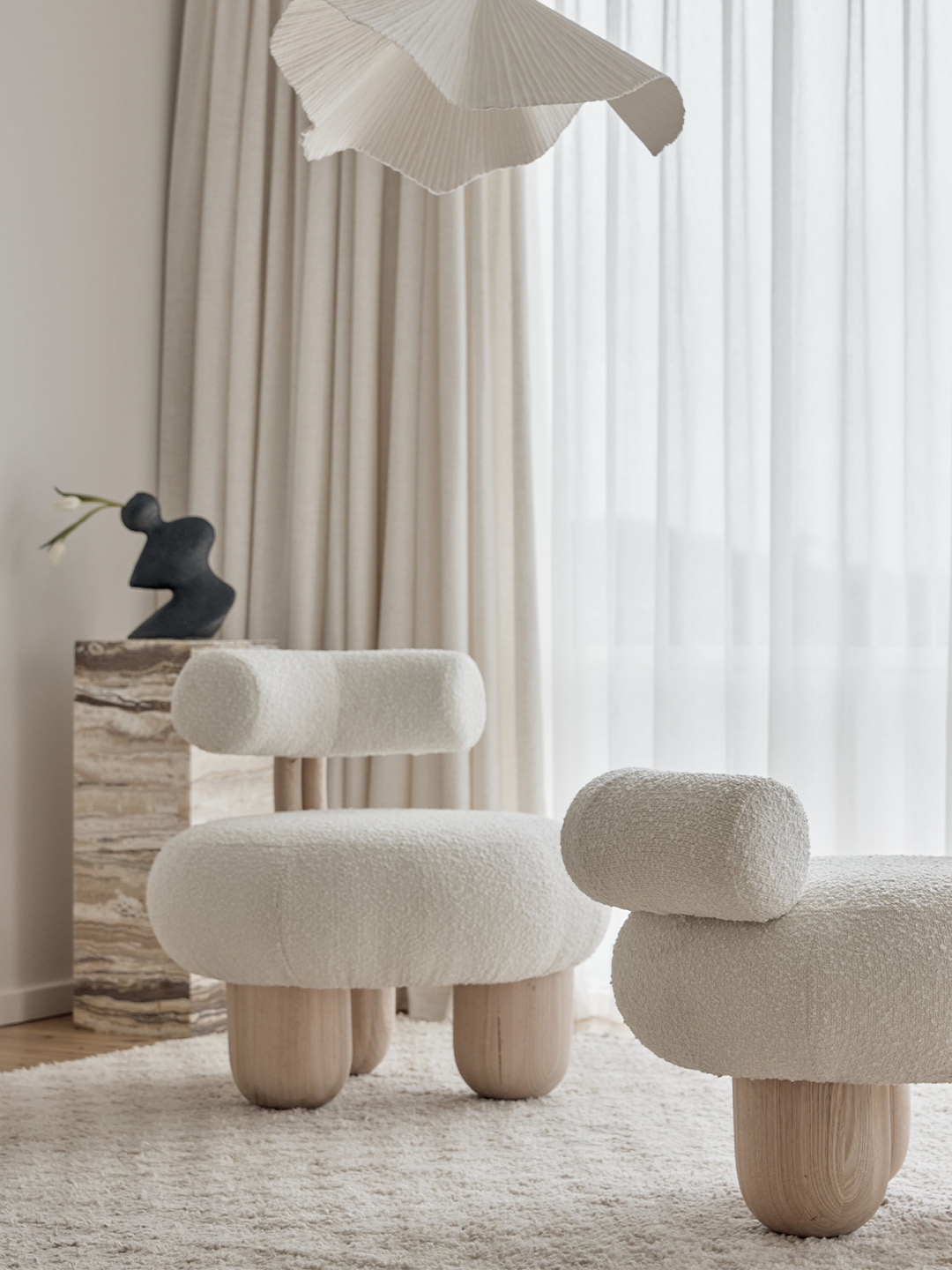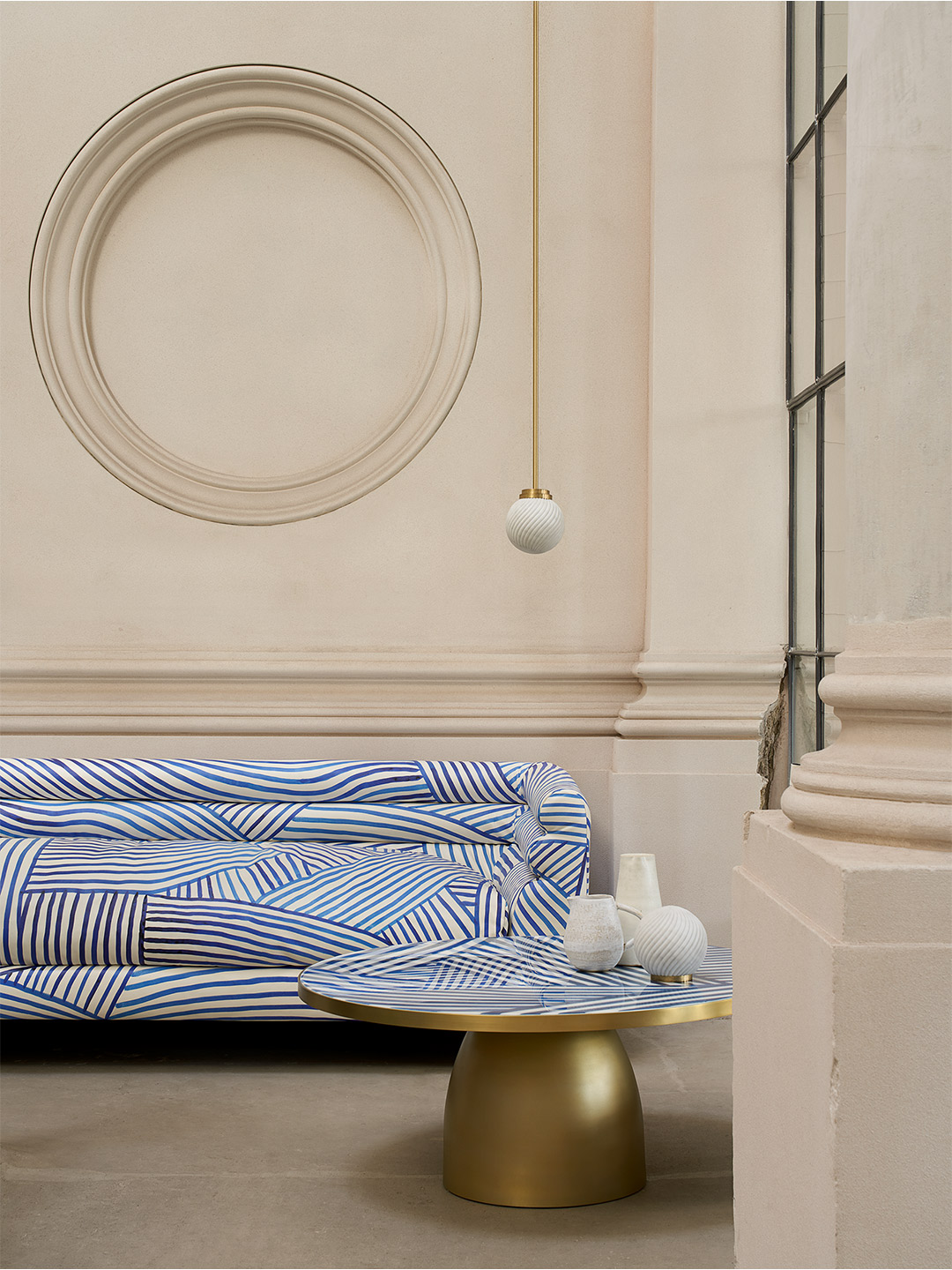For the second instalment of the all-new architect speaker series inDETAIL by Brickworks, host Stephen Varady was joined by architect Fabrizio Barozzi of Borozzi Veiga. The episode streamed live from the Brickworks Sydney studio on September 30 with Fabrizio joining in via satellite from Barcelona.
Barozzi Veiga was founded in Barcelona by Fabrizio Barozzi and Alberto Veiga in 2004. The firm has since worked internationally in public and private projects receiving several prestigious distinctions. Barozzi Veiga’s work, which mainly includes cultural and educational buildings, is characterised by the intention to arrive at solutions that are rooted in place; architecture that can be perceived over time and that has an emotional content.
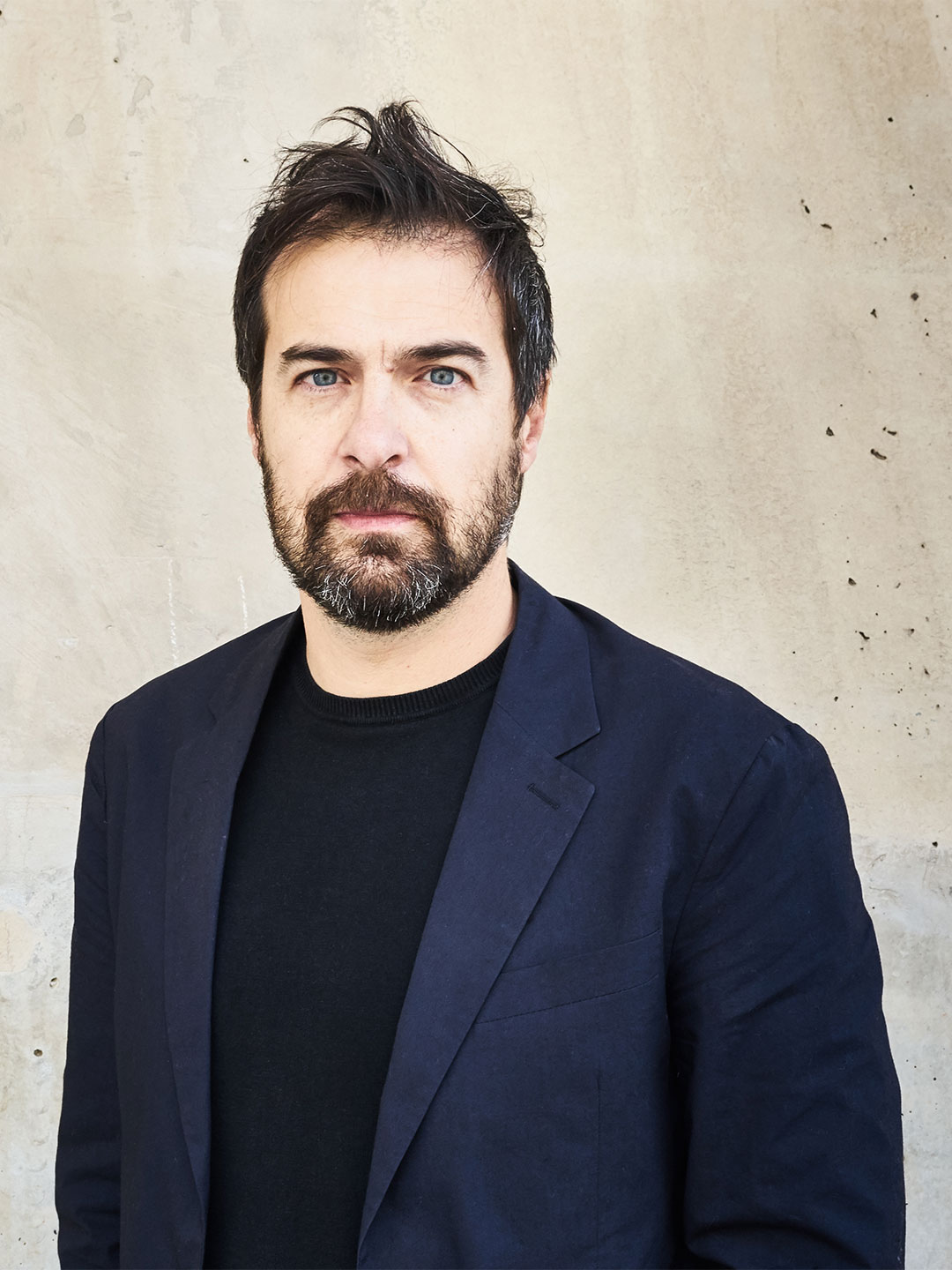
About Barozzi Veiga
Barozzi Veiga was founded in Barcelona by Fabrizio Barozzi and Alberto Veiga in 2004. The practice has since worked internationally in public and private projects receiving several prestigious distinctions. Barozzi Veiga’s work, which mainly includes cultural and educational buildings, is characterised by the intention to arrive at solutions that are rooted in place, architectures that can be perceived over time and that have an emotional content. Concepts and ideas which are able to create particular atmospheres, that are architecturally clear and expressive, and able to have a meaning by itself.
Barozzi Veiga won numerous prizes in national and international competitions. Its built work includes the Ribera del Duero Headquarter (2011), the Auditorium Infanta Elena in Águilas (2011), the Szczecin Philarmonic Hall (2014), the Ragenhaus Musikschule in Bruneck (2018) and the Bündner Kunstmuseum in Chur (2018). The most recently completed projects are the Musée cantonal des Beaux-Arts Lausanne (2019) and the Tanzhaus Zürich (2019).
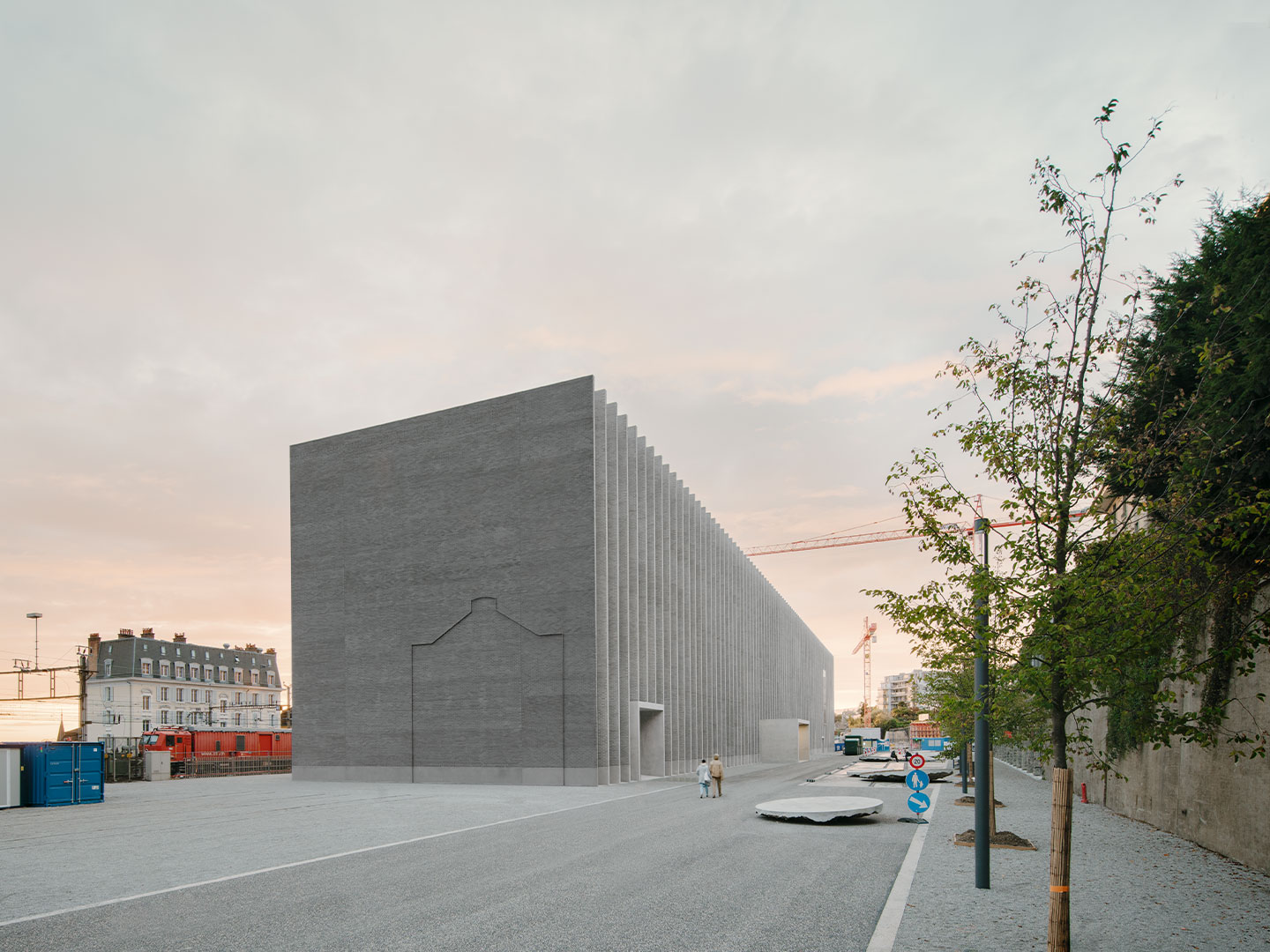
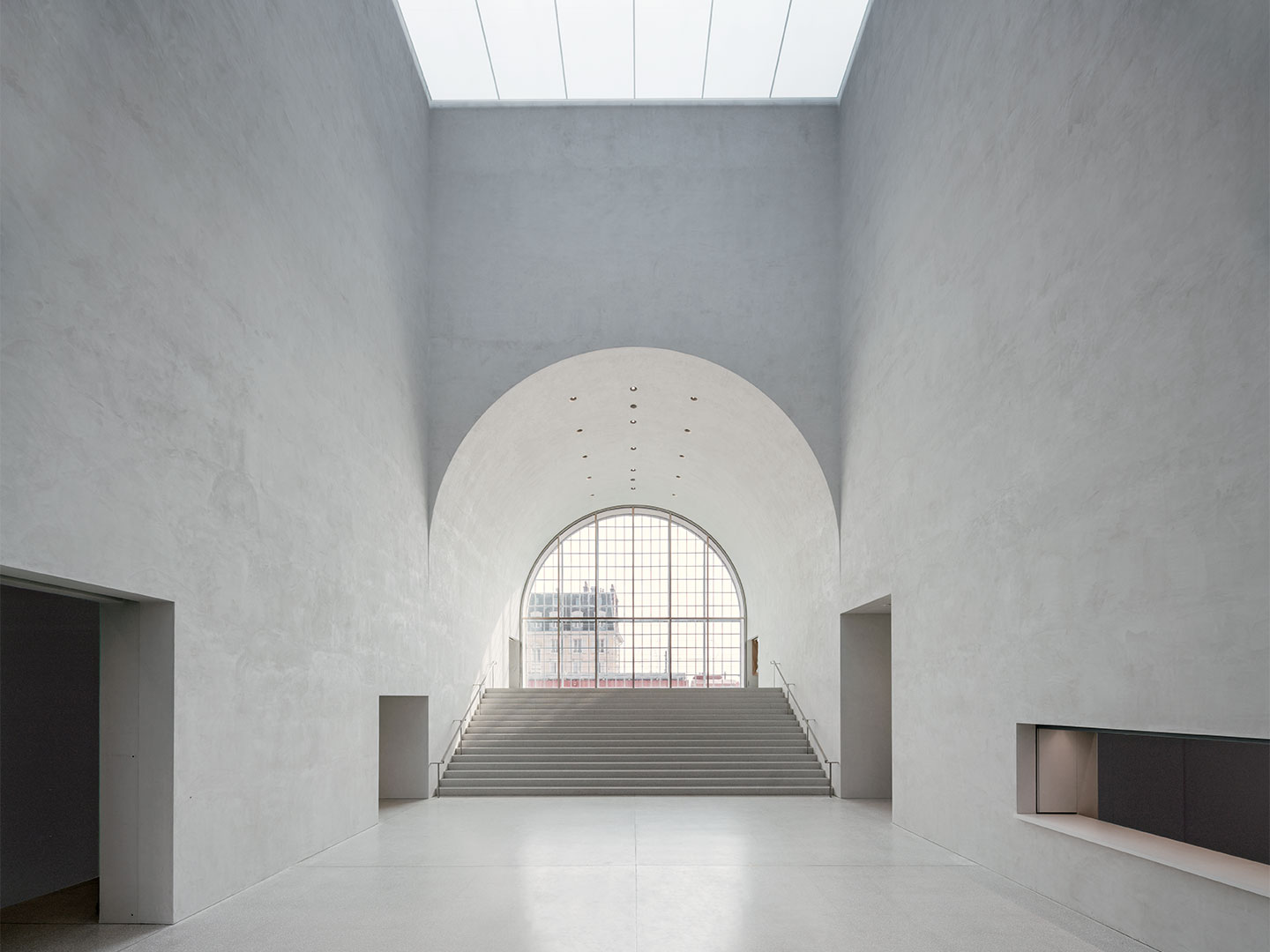
Between the important prizes, Barozzi Veiga has been distinguished with the Ajac Young Catalan Architect Award (2007) and the Barbara Cappochin International Architecture Award (2011). In 2012 the Ribera del Duero Headquarter, Barozzi Veiga’s first built work, was awarded with the Gold Medal for Italian Architecture for the Best Debut Work 2012.
In 2015 the project for the Szczecin Philharmonic received the prestigious Mies van der Rohe Award for European Architecture and the International FAD Award. In 2018 the Bündner Kunstmuseum in Chur, Switzerland, was awarded with the RIBA Award for International Excellence, which distinguished the best 20 buildings constructed worldwide during the last three years.
More recently, Barozzi Veiga has been granted the Chicago Atheneum International Award (2019), the Best Architects 20 Award (2019) and the AD Award for Architects of the Year (2019).
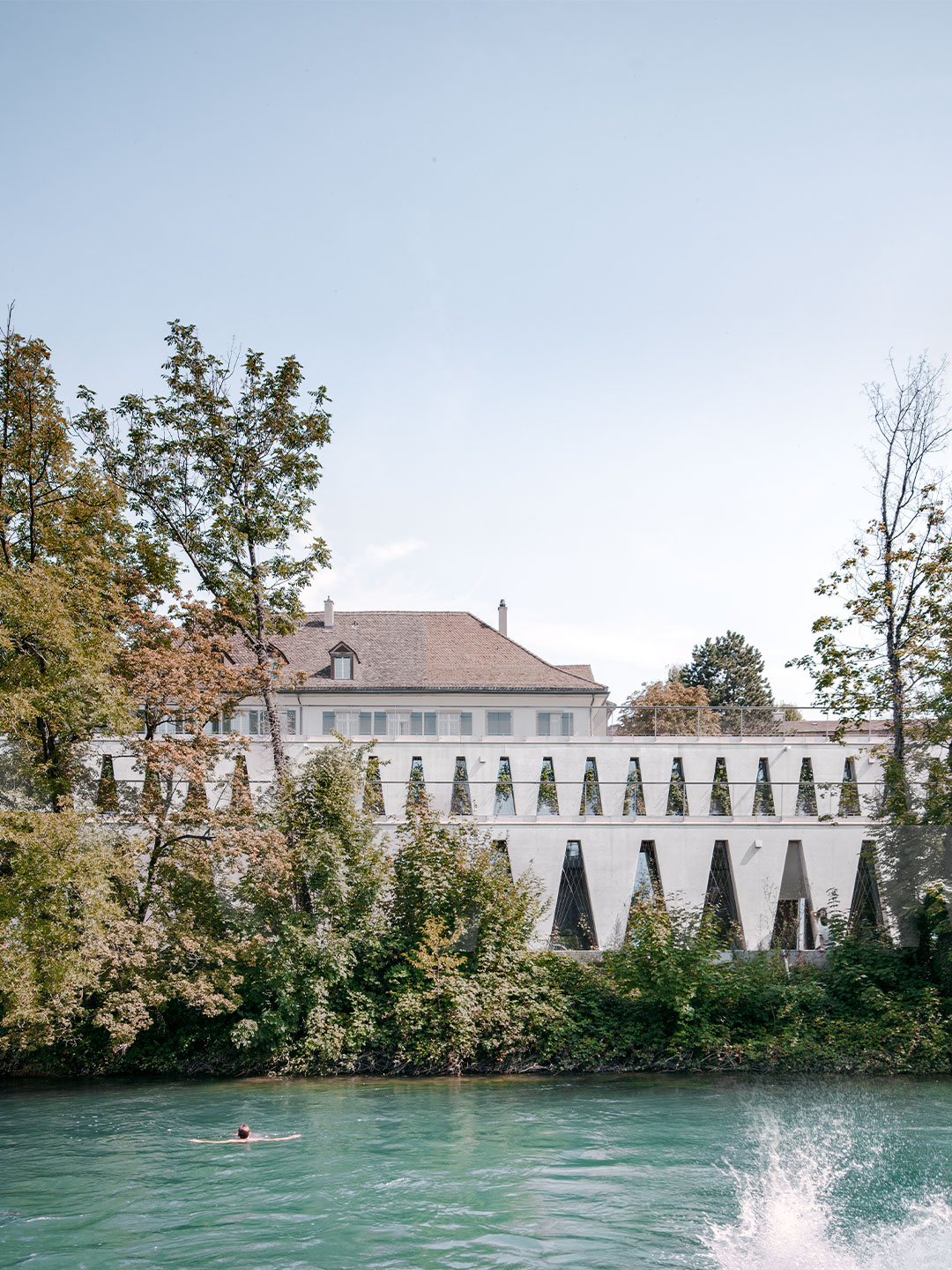

During the years, the office has been invited to contribute
to several international exhibitions, between which the Chicago Architecture Biennale (2017) and to the Biennale di Venezia (2014 and 2016). In 2016 Barozzi Veiga presented ‘A sentimental monumentality’, an installation and an essay that defined the conceptual framework of its work, later compiled in the monographs Barozzi Veiga edited by Park Books (2014), a+u 535 (2015) and A-Mag (2018).
Fabrizio Barozzi (1976 Rovereto, Italy) studied architecture at the Istituto Universitario di Architettura di Venezia and completed his academic studies at the Escuela Técnica Superior de Arquitectura de Sevilla and at the Ecole d’Architecture de Paris La Villette.
Since the beginning of his career, he maintained a balance between his professional activity and his academic involvement. Between 2007 and 2009, he has been Professor at the International University of Catalonia in Barcelona and, in 2009, he was Professor at the University of Girona. He has been Visiting Professor at the Istituto Universitario di Architettura di Venezia (2013-2015) and at MIT Massachusetts Institute of Technology, (2016-2018). In 2020 he is going to teach again as Visiting Professor at the Cornell University in Ithaca, New York.
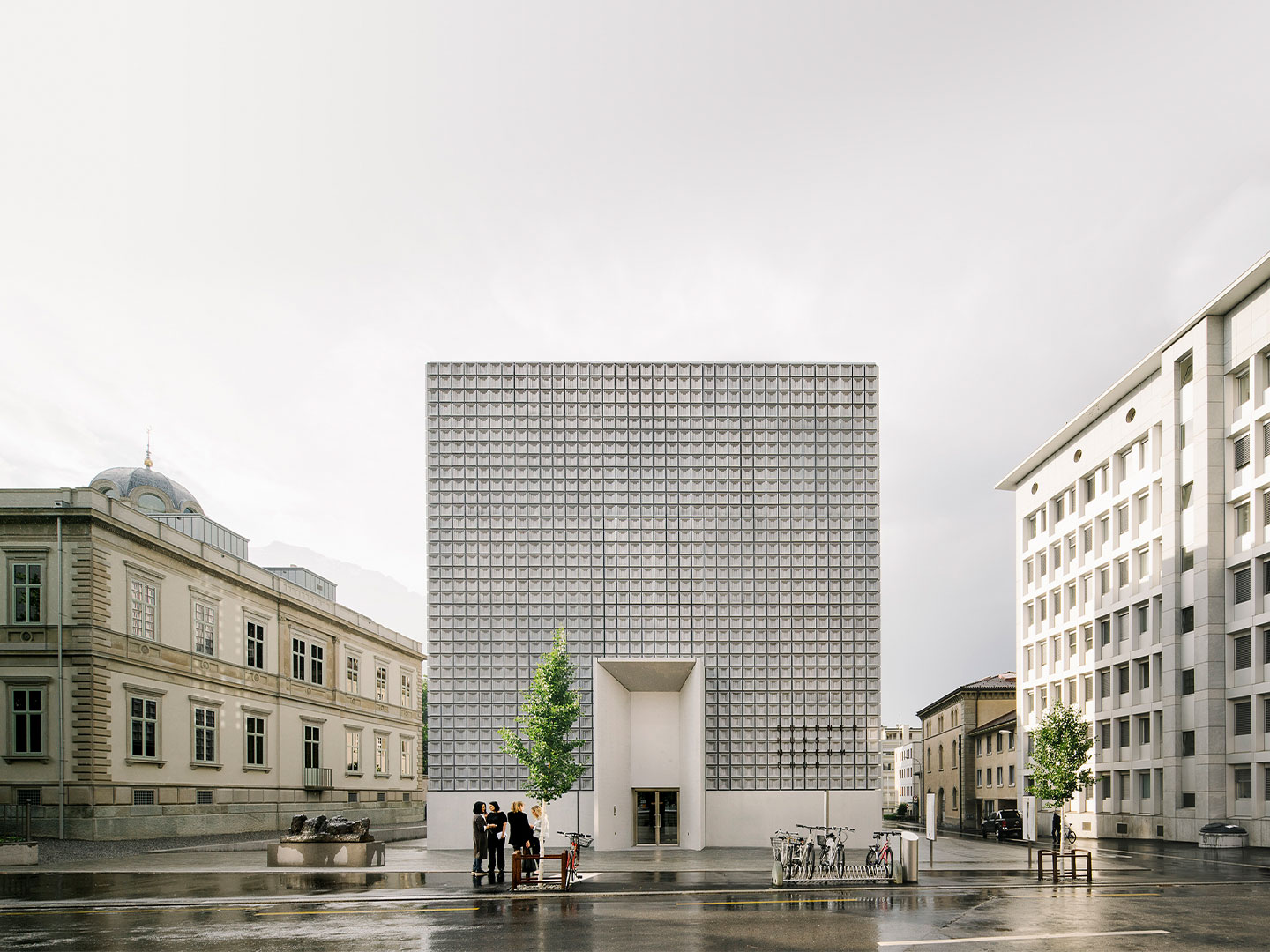
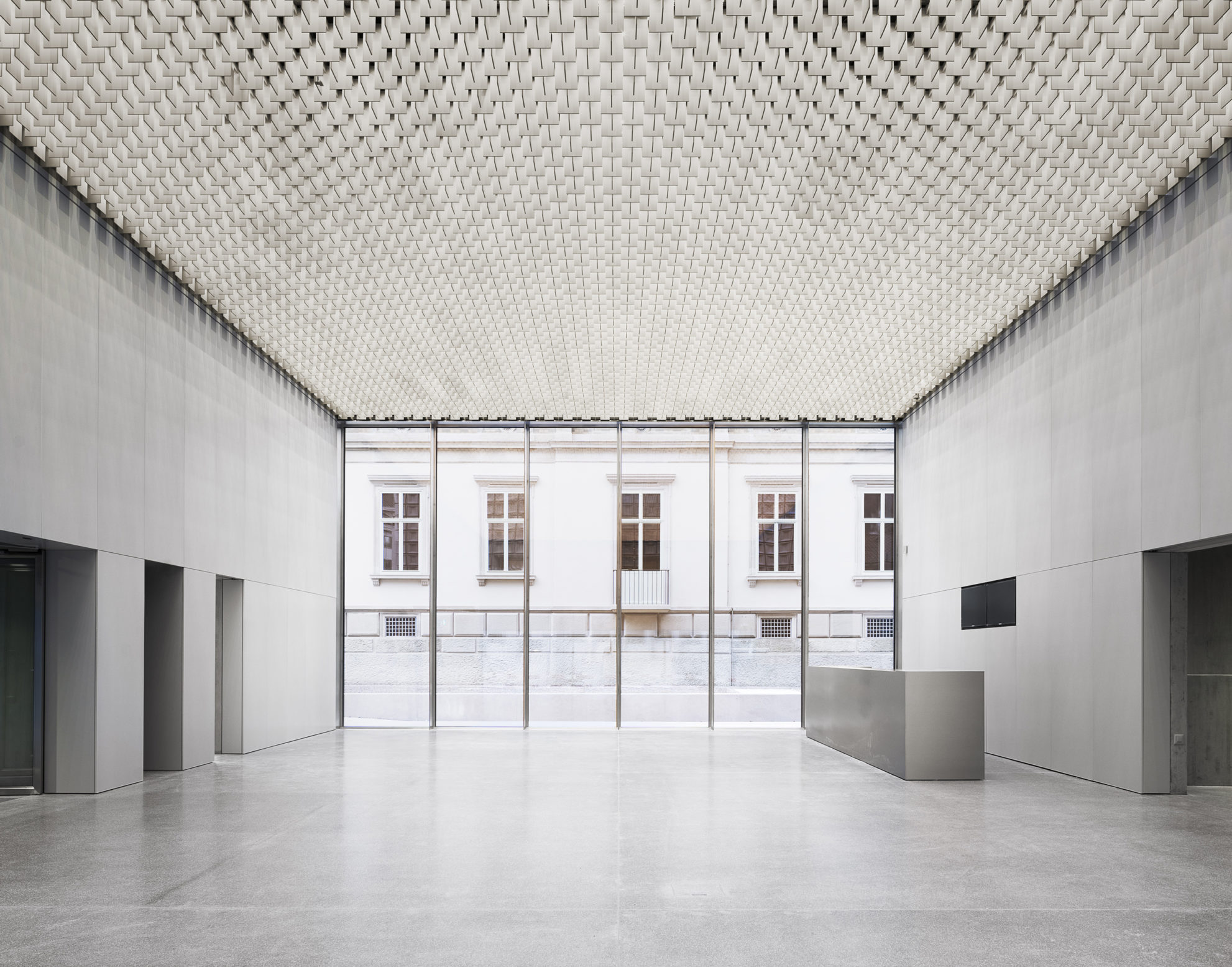
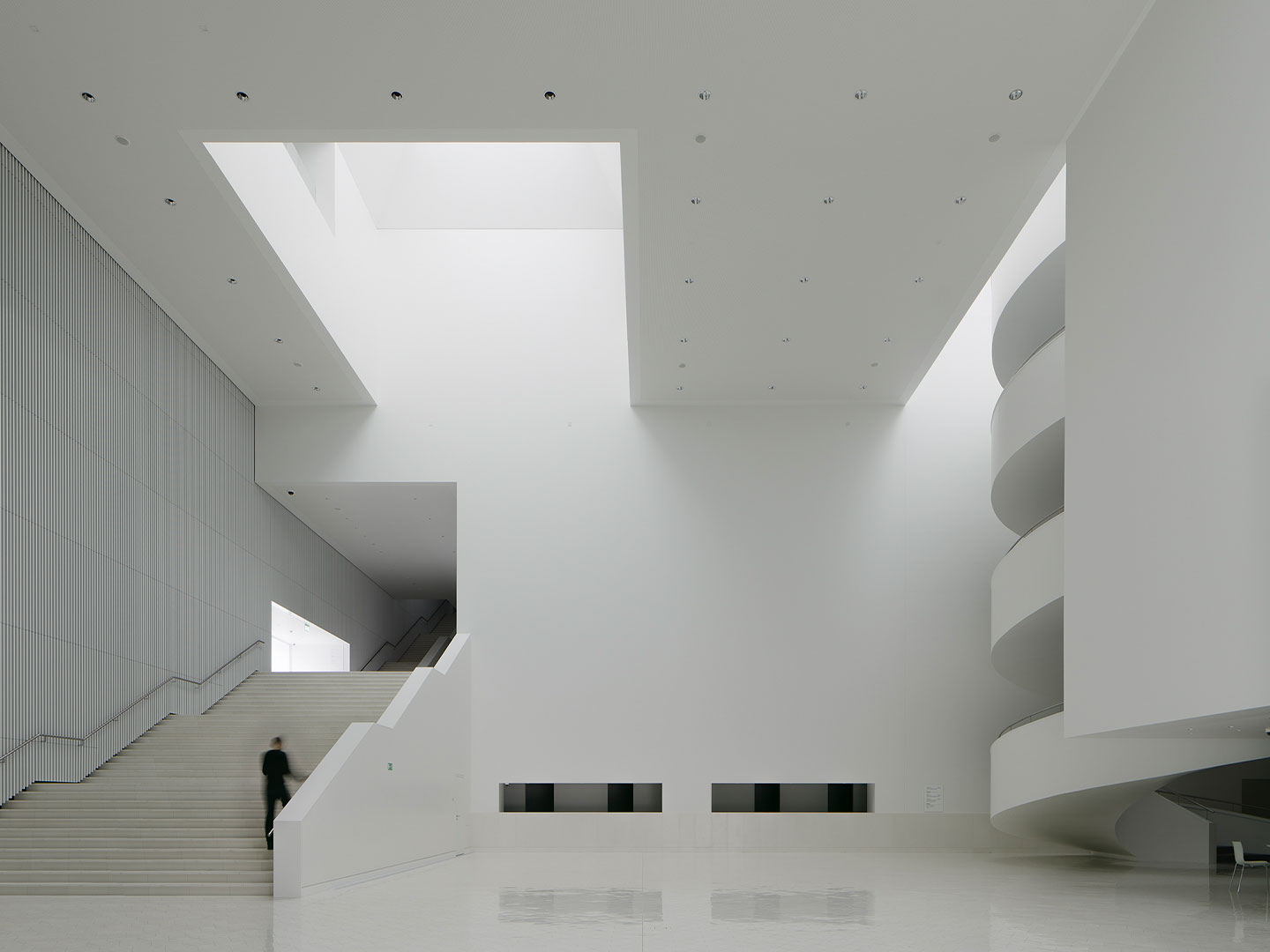
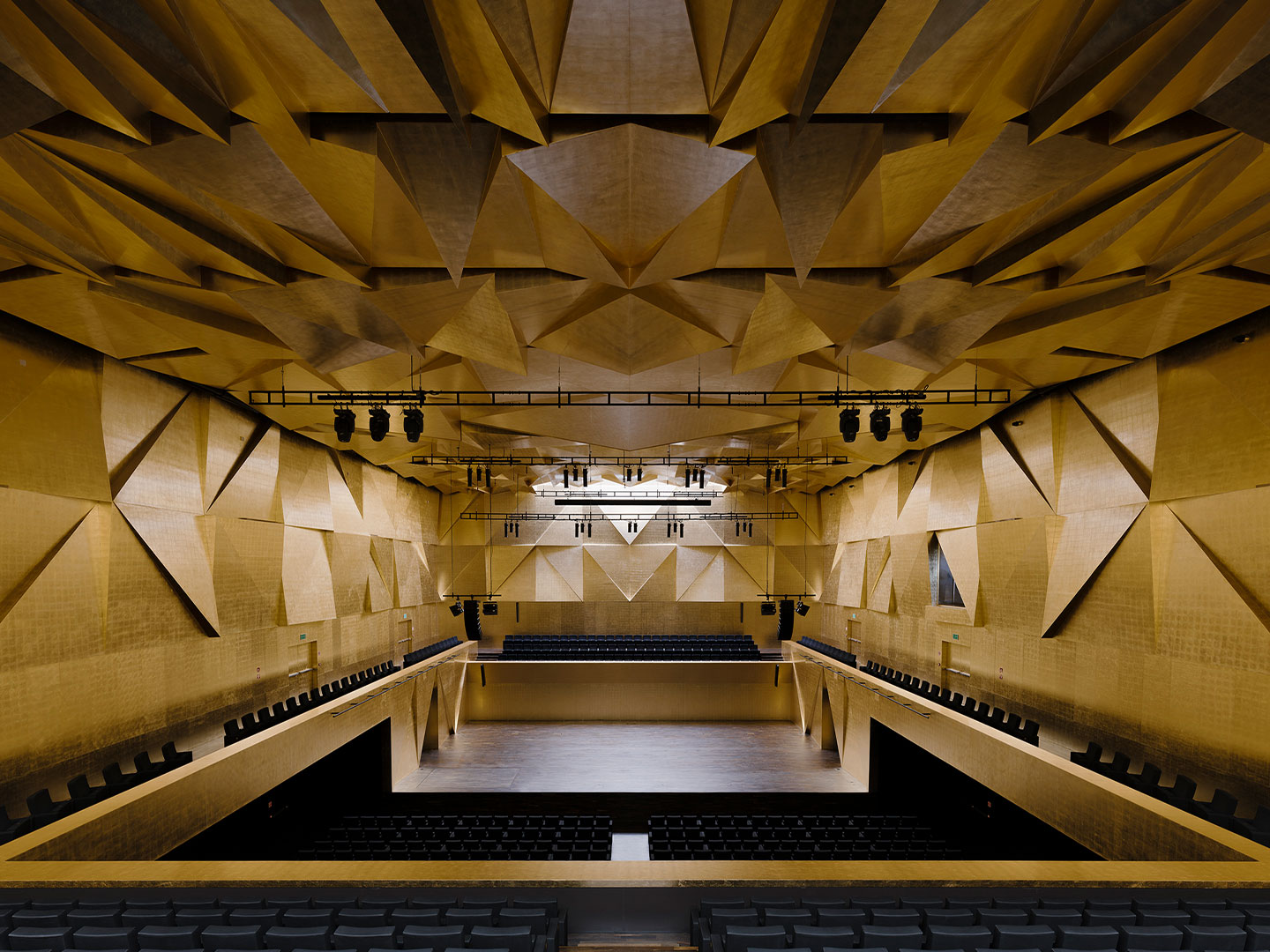
Barozzi Veiga’s work, which mainly includes cultural and educational buildings, is characterised by the intention to arrive at solutions that are rooted in place.


